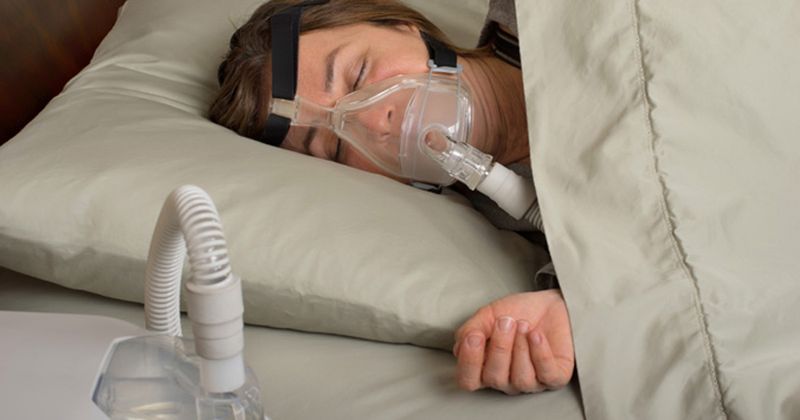Obstructive sleep apnea measured via STOP-Bang questionnaire linked to suicidal behaviors
Key takeaways:
- Risk for obstructive sleep apnea, based on STOP-Bang questionnaire score, was linked to odds for suicidal behaviors.
- The association remained after adjusting for other factors that influence suicidality.
Individuals with a moderate to high risk for obstructive sleep apnea, as measured via the STOP-Bang questionnaire, were more likely to experience suicidal ideations, plans and attempts, according to research conducted in South Korea.
“Early detection of [obstructive sleep apnea (OSA)] is critical, but investigating OSA is difficult due to the time required, the high cost and the requirement for overnight polysomnography,” Chang Hoon Han, MD, PhD, from the department of internal medicine at National Health Insurance Service Ilsan Hospital in South Korea, and colleagues wrote in the Journal of Clinical Psychiatry. “So, a sensitive, easy to use and practical screening method is required.”

As OSA and other sleep disturbances have been associated with psychiatric conditions, including suicidal ideation, Han and fellow researchers sought to further examine this link using the STOP-Bang questionnaire, which may help screen patients for OSA.
The researchers used data from 11,917 adults aged 40 to 80 years in South Korea who participated in the 2019 and 2020 Korea National Health and Nutrition Examination Survey, which included a range of questions concerning overall health, mental health and quality of life, diet, exercise, alcohol, tobacco and other substance use, as well as marital, employment and education status.
The STOP-Bang questionnaire included eight yes/no questions related specifically to sleep and certain demographics (snoring, tiredness, breathing/choking, blood pressure, BMI, age, neck circumference, gender), with a higher score on the 0 to 8 scale indicating higher risk for OSA. Individuals were split into two risk groups, based on their scores: low (0-2; n = 7,520) and intermediate to high (3-8; n = 4,397).
According to the results, the proportions of individuals with suicidal ideation, suicidal planning and suicidal attempts were higher in the intermediate to high-risk group vs. the low-risk group (2.5% vs. 1.1%; 1.8% vs. 1.2%; 0.5% vs 0.1%, respectively). Corresponding odds ratios in the intermediate to high-risk group were 1.42 (95% CI, 1-2.02), 1.21 (95% CI, 1.01-1.77) and 3.29 (95% CI, 1.5-7.24), respectively, after adjusting for factors such as age, smoking, alcohol use and other diseases.
Data additionally showed the prevalence of low-risk OSA (score, 0-2) was 63.7%, intermediate-risk OSA (3-4) was 31% and high-risk OSA (5-8) was 5.3%.
“In terms of social welfare, populations over the age of 40 should be prioritized for early OSA detection,” Han and colleagues wrote.

